Free Shipping on orders of $49+ | Signup for Direct Rewards
Free Shipping on orders of $49+ | Free Store Pickup | Signup for Direct Rewards
Free Shipping on orders of $49+ | Signup for Direct Rewards
Free Shipping on orders of $49+ | Free Store Pickup | Signup for Direct Rewards

Happy National Wildlife Day! While wildlife can be celebrated for any reason on any day, National Wildlife Day and holidays like it intends to bring greater awareness to specific animals at risk of extinction. So, here are eight animals that have inspired humans to take action in the name of conservation. All these animals have a crucial role in balancing our planet’s ecosystem. As you read, you will learn more about the animals, their importance, the dangers they face, and one of the conservation organizations working towards their longevity. Although, these organizations depend on you to help out. Not only do they thrive on donations and volunteers, but you can be a great help just by spreading the word and encouraging others to take action too. Let’s go on a wildlife adventure, shall we?
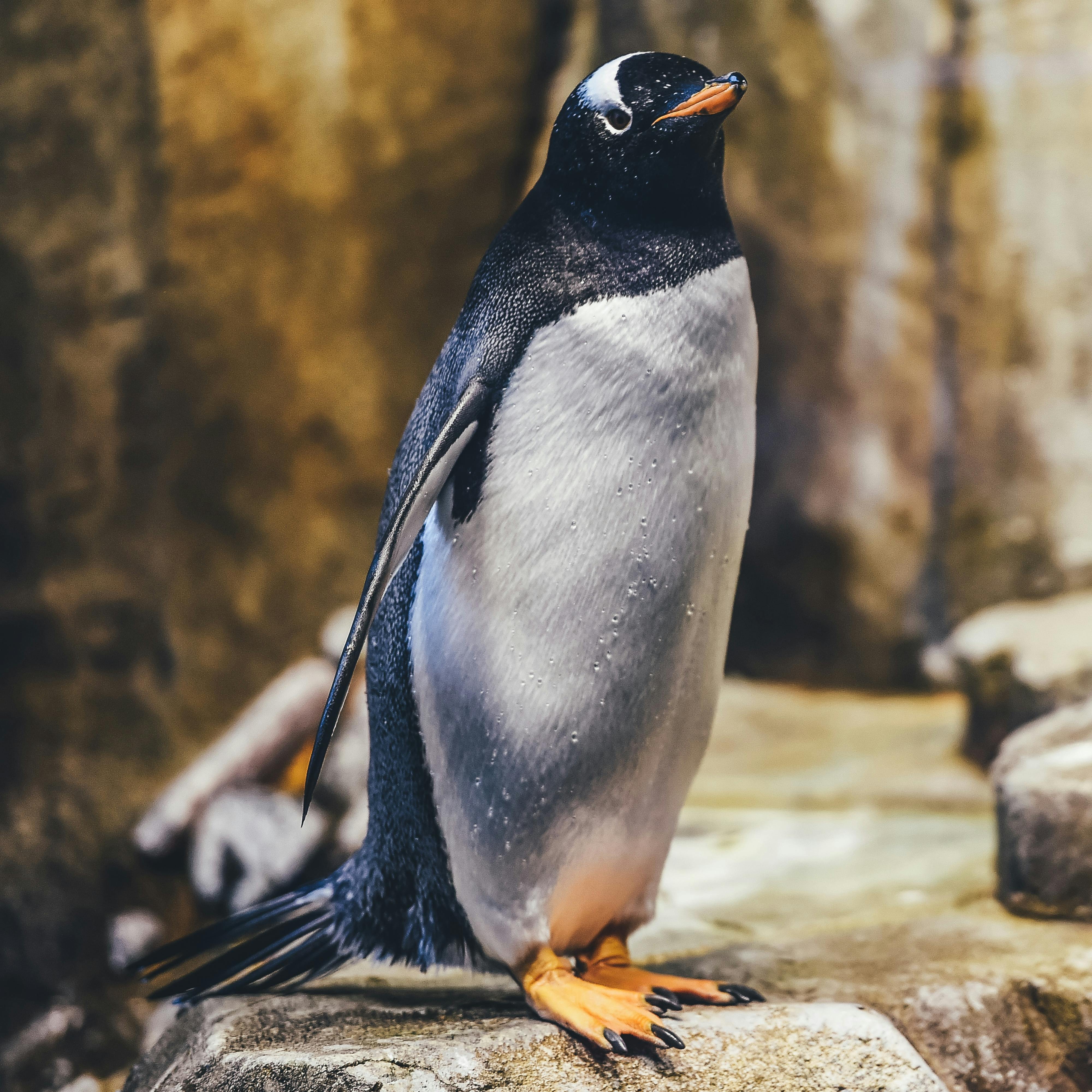
Did you know there are 18 species of penguins? You might have seen these adorable creatures in animated films like Happy Feet, Surf’s Up, and Madagascar Penguins. Penguins are fascinating birds that live in the colder regions of the Southern Hemisphere. While they are known for their fancy black and white looks, they're also famous for being unable to fly but they are great swimmers. Penguins play a vital role in their habitats by maintaining the health of the ocean ecosystem. They contribute to this balance through their waste and leftover food, which introduces essential nutrients to the water. By consuming smaller fish and krill, they regulate the populations of these creatures and keep the food chain balanced. Penguins also transfer energy from lower to higher levels of the food chain, benefiting other animals. Additionally, their adorable appearance captures attention and educates people about the importance of ocean conservation. The greatest danger penguins face today is climate change. Other dangers include pollution, disease, and reduced food supply due to overfishing. The Global Penguin Society promotes the preservation of every penguin species and the ecosystems they inhabit. This involves providing scientific knowledge, advocating for conservation policies, and providing educational initiatives. Follow a real penguin's passage with a Fahlo Passage Bracelet.
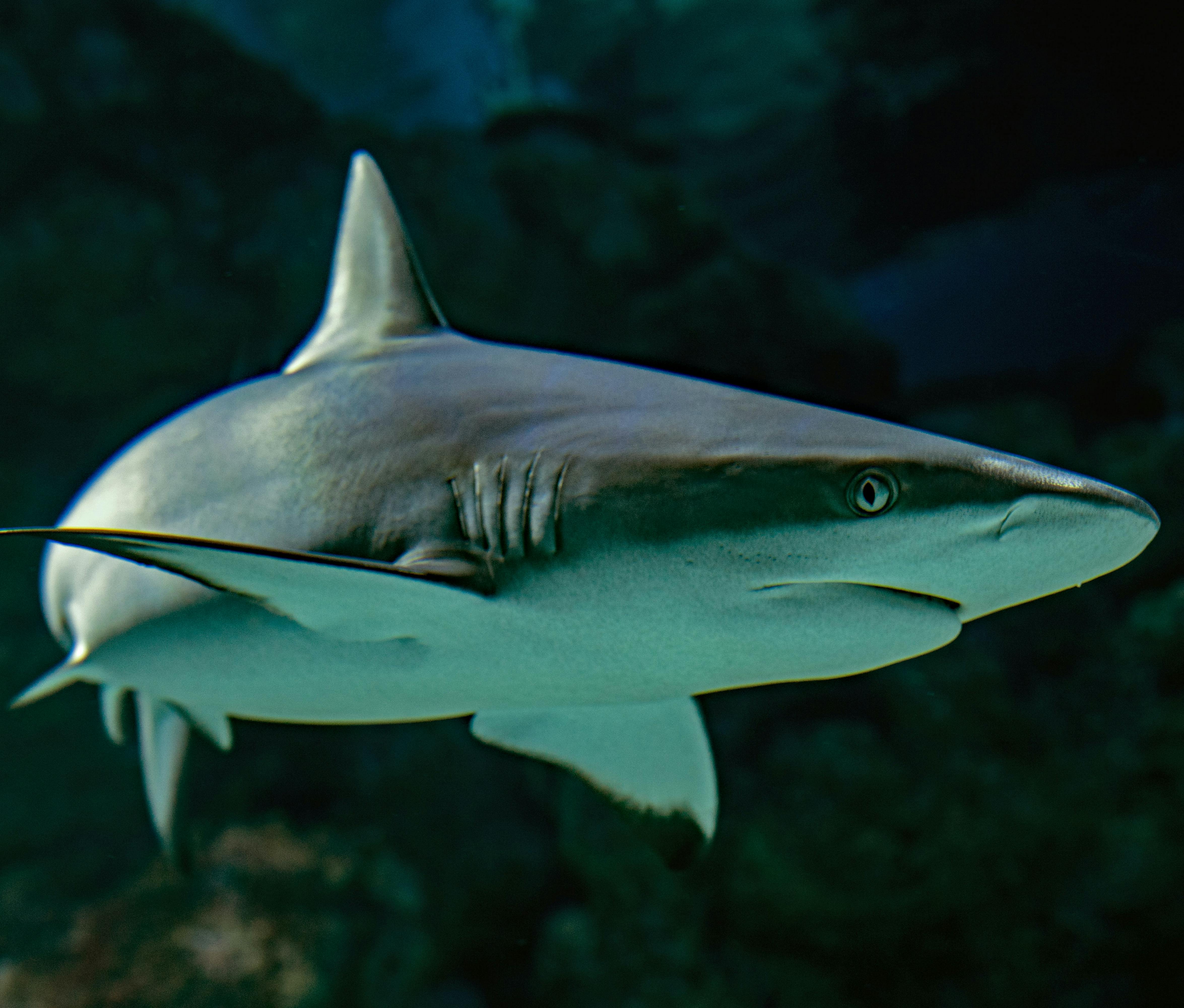
Sharks are often seen negatively because of how they're represented in movies and media as dangerous killers. This makes people think all sharks are harmful, even though most types aren't; for example, the gentle giant, the whale shark. Sharks are important to the ocean and only act aggressively when provoked or confused. Sharks are vital because they help keep the ocean ecosystem in balance. As top predators, they control the populations of other marine animals, preventing any one species from becoming too abundant. This maintains the health and diversity of marine life. Their presence also indicates the overall health of the ocean environment. Although there have been more recent shark sightings, that is a good indication that the ocean ecosystem is thriving. Therefore, protecting sharks is crucial for maintaining a healthy and prospering marine ecosystem. Sharks are facing significant challenges that put their survival at risk. Overfishing, driven by the demand for their fins, has led to a decline in shark populations. The warming of the oceans due to climate change affects their food sources. Sharks’ negative reputation in the media impedes conservation efforts. Saving the Blue is a nonprofit organization dedicated to the recovery and preservation of various endangered marine species, all the while fostering a connection between individuals and oceanic wildlife. Their objective is to encourage eco-friendly and sustainable lifestyles through education and outreach initiatives, conducted both in physical settings and on digital platforms. Track a shark's incredible voyage across the vast ocean with a Fahlo Voyage Bracelet.

Dolphins belong to the same family as whales and porpoises. Out of the 49 species of dolphins, orcas are the largest dolphins. With a curved fin on its back, dolphins are found in oceans worldwide. They're known for their social behavior, communication skills, and agility in the water. Dolphins are playful and live in groups called pods. People find them fascinating and study them for their intelligence. The ocean ecosystem is delicately balanced and dolphins play a vital role in maintaining the population of their prey. They mainly eat fish and squid, using echolocation to find food. Dolphins help with things like recycling nutrients in the ocean and have contributed to scientific discoveries. In short, dolphins matter to nature, people, and science. Dolphins face various threats that endanger their well-being. These include habitat loss, pollution, entanglement in fishing gear, accidental capture (bycatch), and collisions with boats. Climate change affects their prey availability and can lead to changes in their habitats. Conservation efforts are crucial to address these dangers and ensure the survival of dolphin populations. FIU’s Marine Conservation Ecology Lab studies marine megafaunas and how they live. They look at how the ocean environment affects these animals and how they influence the world around them. They also check how human activities affect them and find ways to help these marine megafaunas prosper. Join a real dolphin throughout its odyssey with a Fahlo Odyssey Bracelet.
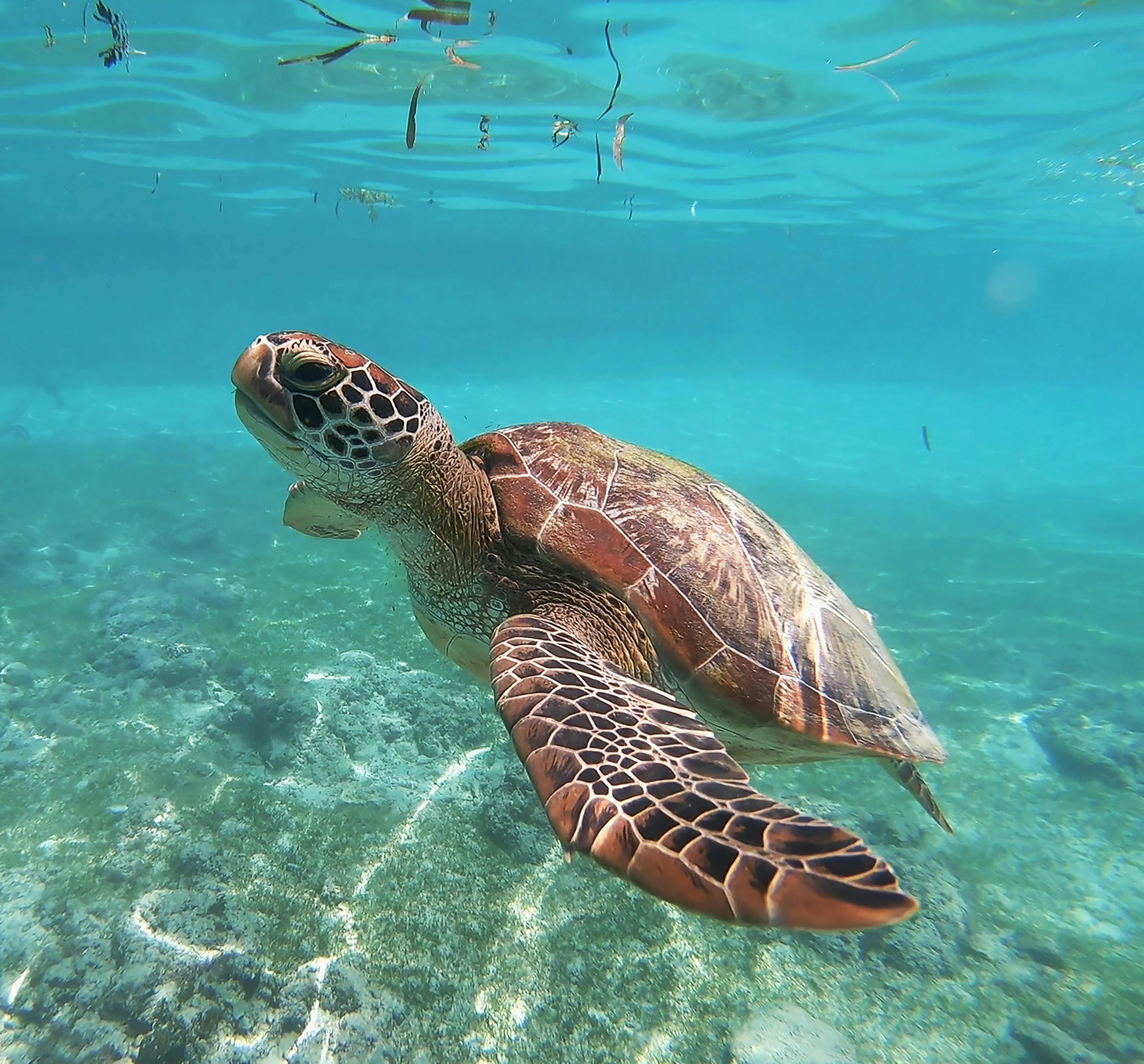
Did you know that sea turtles have been around since the age of the dinosaurs? There are currently seven species of sea turtles; the largest being the Leatherback sea turtle. Sea turtles are one of the few animals that keep seagrass beds healthy by eating excess grass. Maintaining healthy seagrass beds is essential for animals at the lower levels of the food chain, such as fish, shellfish, and crustaceans. Sea turtles also help prevent too many jellyfish from floating around. When sea turtles dig nests on beaches, it prevents erosion. By taking care of sea turtles, we're also taking care of the ocean, our beaches, and everything that thrives in these habitats. Because the ocean’s ecosystem is delicately balanced, if one species were to disappear, other species would soon follow. Sadly, all 7 sea turtle species are threatened with extinction. Sea turtles face many challenges that endanger their population. These include nest predation, artificial lighting, coastal armoring, pollution, entanglement in fishing gear, accidental capture (bycatch), collisions with boats, and illegal harvesting. Luckily, there are programs like the Sea Turtle Conservancy that combat these threats and advocate for sea turtles. From research to habitat preservation to education and outreach, the Sea Turtle Conservancy has been supporting the perseverance of sea turtles since 1959. It is the oldest and most accomplished non-profit sea turtle organization in the world! Track the amazing journey of a sea turtle with a Fahlo Journey Bracelet.
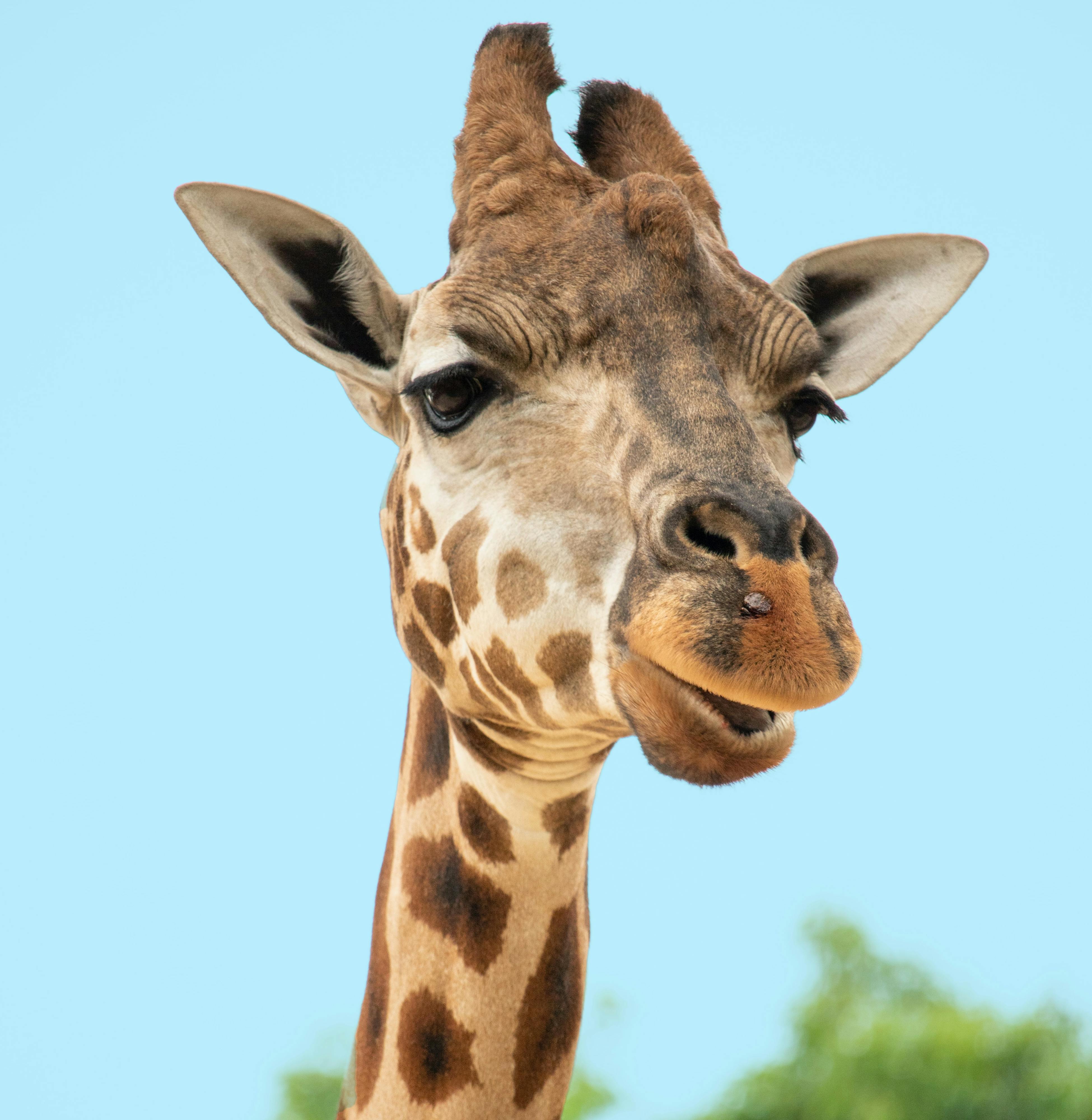
Did you know that giraffes are the tallest living land animals on the planet? Their calves (baby giraffes) are born at 6 feet tall and grow at an incredible rate. Giraffes are fascinating animals that are found in the sub-Saharan regions of Africa. Giraffes are known as keystone herbivores which means that their roles in the ecosystem cannot be filled by any other animal. Giraffes can reach places on trees for food that most other animals can’t get to which allows more sunlight to reach the earth in those areas, promoting even more plant diversity on the ground. If giraffes were to go extinct, there would be a significant imbalance amongst many plant and animal species. The giraffe population is currently classified as vulnerable, meaning they are at high risk of extinction. There has been roughly a 40% decrease in the population since 1985 and there are now only around 117,000 giraffes left in the wild. Giraffes are hunted for their meat and coats and some African communities use their tails as a status symbol and a “good luck” item. Most of the efforts to protect giraffes include anti-poaching campaigns and habitat protection. The Somali Giraffe Project uses research and local community engagement to address the major threats such as poaching, diseases, and infrastructural development. Follow the trek of a real Giraffe through Africa with a Fahlo Trek Bracelet.
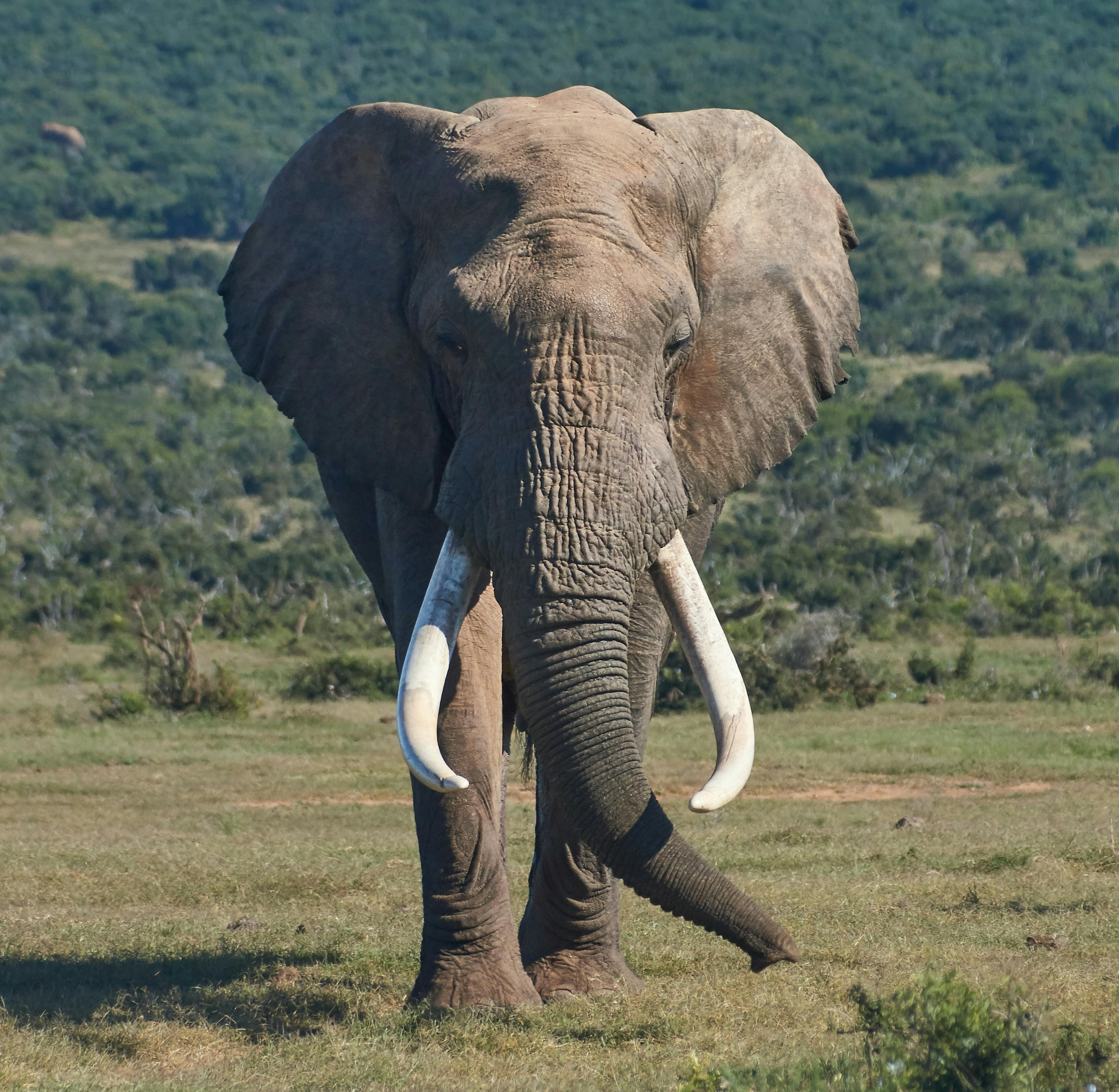
As the largest living land animal, elephants are literally a force of nature. And yet, for something so large, their floppy ears, unique prehensile trunks, and playful personalities often make them more adorable than scary. They are known for their intelligence, remembering the locations of water sources on their migration paths, and they are one of the only animals on the planet that can recognize themselves in a mirror. As herbivores, they cultivate the lands around them when they migrate and feed. They help with seed distribution and habitat creation, building pathways through dense forests that allow easier travel and home-building for other animals, a job that would be challenging to fill by any other species. While elephants often fall prey to lions, crocodiles, and hyenas, humans are their greatest threat. Many elephants have large tusks, which are basically extremely strong and long teeth. These tusks are hunted for ivory and for sport, and for that reason, amongst others such as habitat fragmentation and conflict with farmers, their populations have decreased to vulnerable (African elephants) and endangered (Asian elephants) classifications. The Save The Elephants organization specializes in the research and conservation of these animals. They work to combat ivory trade, protect their habitats, and promote human-elephant coexistence. Travel across Africa by tracking your own elephant with a Fahlo Expedition Bracelet.
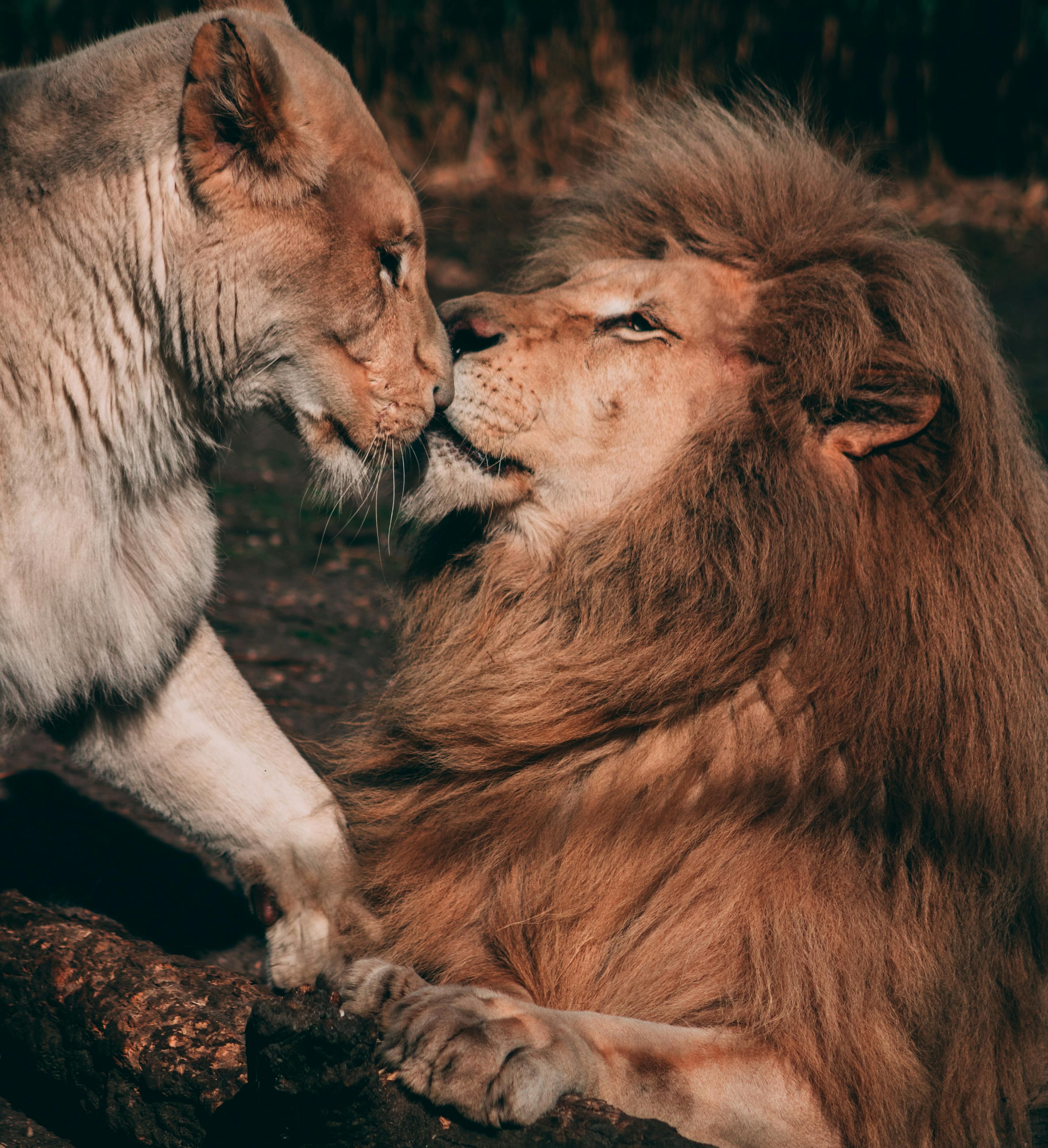
Lions are majestic and powerful and beautiful and all we want to do is give one a big fluffy hug (don’t do that). These carnivores are the second largest member of the cat family at around 10 feet long and 550 lbs. Their roars can be heard up to 5 miles away and they use it to communicate with their fellow lions. Their prides can include anywhere from 3-40 lions at a time. Because these animals are top predators in their environment, they help to maintain a balanced population amongst herbivores like zebras and antelope. In turn, the forests and grasslands can thrive without being overgrazed by these herbivores. Unfortunately, lion numbers are continuing to decline, mostly due to poaching, habitat loss, and disease. Habitat loss is a more modern problem for lions as climate change and large infrastructure projects disrupt their natural landscape. Another common factor is conflict with local farmers when lions prey after people’s livestock. For these reasons, the Ewaso Lions organization focuses on peaceful coexistence between people and wildlife. Additionally, they include the communities throughout Kenya to come up with solutions together regarding habitat loss and human-carnivore conflict. Follow the excursion of a real lion on your phone with a Fahlo Excursion Bracelet.

Did you know that a polar bear’s hair isn’t actually white? It’s clear! Their transparent hair is double-layered and appears white because their hair scatters all visible wavelengths of light. And their skin is actually black underneath all that seemingly white hair, which absorbs the heat of the sun to keep them warm. Because polar bears are top predators, their role in the ecosystem is balance. They keep the populations of seals, walruses, and beluga whales in harmony. If polar bears were no longer with us, the populations of their prey would excel and cause issues among the numbers of many fish and crustaceans in the same environment. Polar bears are currently classified as Vulnerable, meaning they are at high risk of extinction. They live on the sea ice, which is where they do most of their hunting. Climate change is steadily deteriorating their hunting grounds as the ice melts at an alarming rate. It is projected that there could be a 30% decrease in the polar bear population by 2050. Polar Bears International is a science-based organization committed to addressing the long- and short-term threats that polar bears face. They not only conduct and support scientific research on polar bears and their changing habitat, but also are a leading voice in sharing their scientific information to bring awareness to these challenges and offer ways to help polar bears thrive. Venture through the Arctic with your own polar bear with a Fahlo Venture Bracelet.
So what can we do to help? Well, a lot! Education is the first step. Next, we spread the word! Look into donating or volunteering for any of the above organizations or organizations like them. You can also become what’s called a conscious consumer, which means you spend your money on respectable and eco-conscious companies. Here’s how: All these fantastic organizations have also partnered with Fahlo, a company whose products get you directly connected to wildlife while encouraging awareness and support for each organization’s noble mission. Simply by purchasing a bracelet, you’re helping out! Thanks to Fahlo, each organization has been able to further its research efforts and preservation support from the lions in Africa to the penguins in the Arctic.
Can endangered species be saved?
While hearing the dangers that wildlife faces every day can be disheartening, there is hope for endangered species to grow in their safety, security, and numbers. The more awareness we can spread about these dangers and the work these organizations do—and, of course, by taking as much action as we can ourselves—the closer we get to saving these animals and maintaining the planet’s delicately balanced system.
How can I support conservation efforts?
There are so many ways to support conservation efforts! You can do something as small as simply purchasing a bracelet to support the cause or as big as volunteering your time or resources. You can go from educating yourself to educating others. You can start small and work on reducing your own carbon footprint by eliminating plastic use and limiting your consumption of all animals and end up going big by holding large corporations accountable for their waste and talking to your local leaders and lawmakers of the importance of protecting these animals and their environments.
How is wildlife affected by climate change?
The earth’s climate is changing at an alarming rate. So much so that many animal’s natural adaptabilities can’t keep up. As the rising temperatures melt the ice caps, causing warmer waters, and higher sea levels, many animals, like polar bears and penguins, are losing their homes to this phenomenon.
Are conservation efforts working?
Yes, thanks to conservation efforts multiple animals have avoided extinction and we’re seeing rising numbers in the populations of many other species.